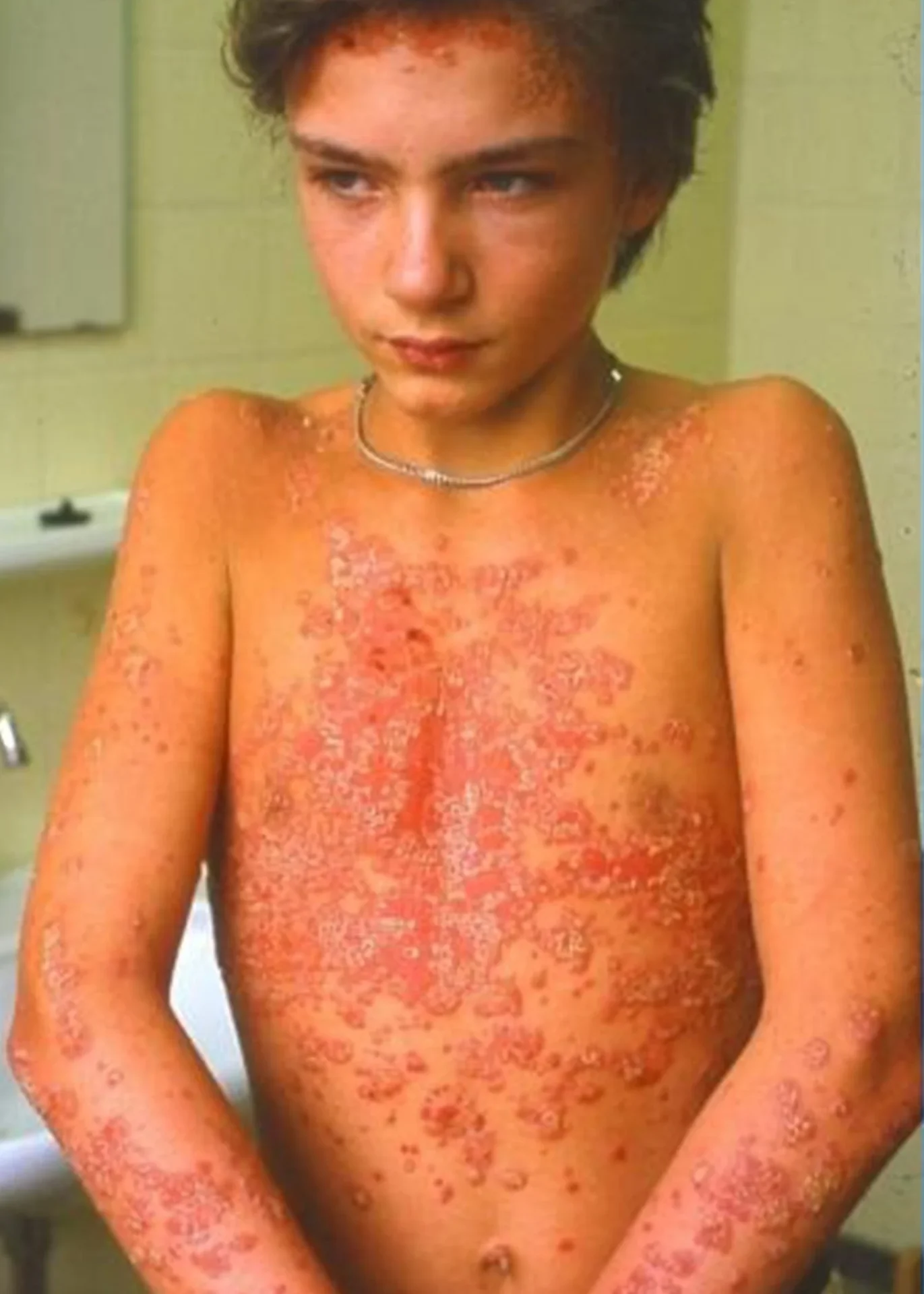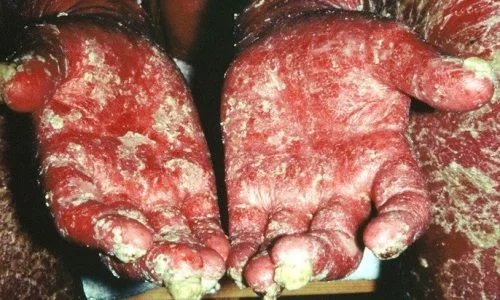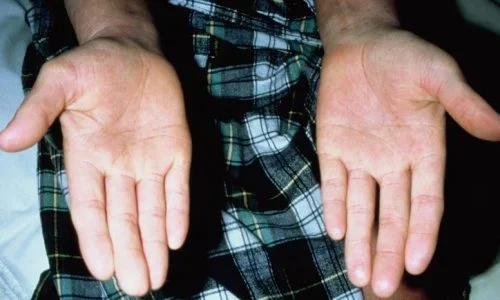كتاب ان للمواعيد
* إخلاء المسؤولية: لن يتم تأكيد موعدك إلا بعد أن يتصل بك ممثل خدمة العملاء لدينا.
حجز موعد
تحرير المحتوى
* إخلاء المسؤولية: لن يتم تأكيد موعدك إلا بعد أن يتصل بك ممثل خدمة العملاء لدينا.


The analysis of the therapy spectrum for psoriasis in industrialized countries over the last 30 years repeatedly shows the same procedures such as:
Radiation therapy: UV treatment under inpatient or outpatient conditions, often combined with chemotherapeutic agents such as psoralen (PUVA therapy).
Climatotherapy in high mountains or by the sea combines the positive effects of the sun (UV radiation) with the mineral and trace element effects of seawater. Clinical or outpatient approaches using UV radiation and brine therapy, which are offered in clinics and health resorts, are also based on this natural form of therapy.
Local symptomatic treatment with various ointments, creams and emulsions, mostly based on cortisone, retinoid, salicylic acid, cignolin and tar formulations.
Internal treatment of the most severe forms of psoriasis with vitamin A derivatives (Tigason, Roaccutane) or with cytostatic drugs (methotrexate, cyclosporine).
Biological therapies with monoclonal antibodies (mabs) directed against inflammatory cytokines or specific epitopes of inflammatory cells.
The above-mentioned therapies are certainly familiar to all psoriasis sufferers, but unfortunately, they have three things in common:
None of these methods takes into account important provoking factors of psoriatic manifestations. All these procedures only target the psoriatic symptoms (inflammation and high proliferation rate of epidermal cells, associated with scaling), therefore the symptom free period is limited and relapses occur more and more quickly after repeated treatment.
All of these procedures have various side effects, which can be mild or serious for the patient when used long-term, ranging from inhibition of the cellular immune response with increased susceptibility to infection to skin atrophy, edema, hair loss and internal organ damage to skin cancer.
Based on these facts, the attention of those affected has increasingly focused in recent years on new, biological, low-side-effect therapeutic approaches, which can potentially also ensure longer freedom from symptoms.


This includes specific measures such as:
The above mentioned therapeutic interventions are free of side effects and insure a long term symptom freedom and return to a normal life.